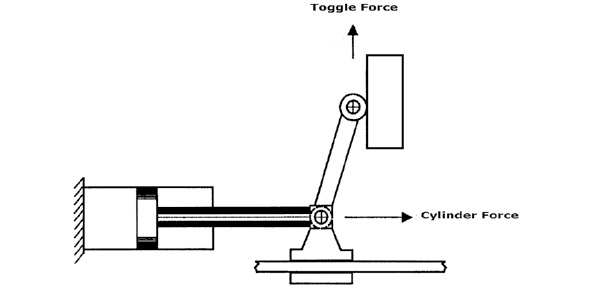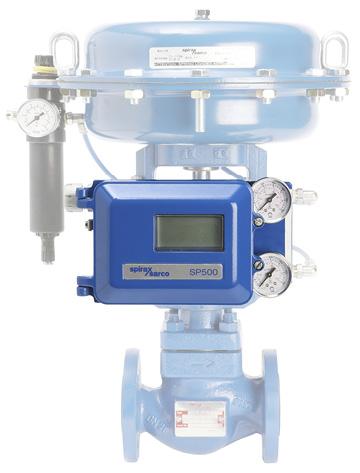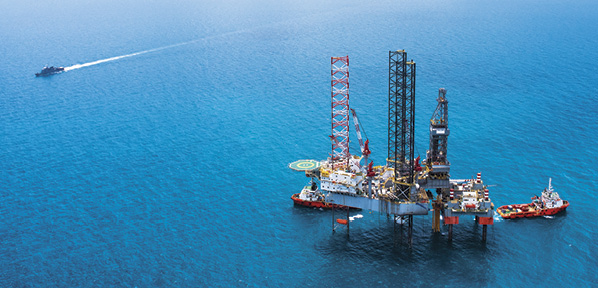The Role Of Robotics And Cylinders In The Fluid Power Industry
 By Bud Haver, President, and Chadwick Conte, Senior Marketing Strategist, Peninsular Cylinders
By Bud Haver, President, and Chadwick Conte, Senior Marketing Strategist, Peninsular Cylinders
When you hear the term “automation” your mind immediately jumps to visions of the future. How can fluid power technology that has existed for hundreds of years be part of something that is considered cutting edge?
In 1648, French physicist Blaise Pascal introduced Pascal’s Law. The law states that a pressure change at any point in a confined incompressible fluid is transmitted throughout the fluid such that the same change occurs everywhere. In 1795, Joseph Bramah patented the first hydraulic press in England. This was the beginning of the Industrial Revolution.
Today it is difficult to imagine a world without cylinders as fluid power is used to produce a large amount of power using pressurized fluid.
Some industrial applications include:
• Loading/Unloading
• Packaging
• Welding
• Painting
• Lifting
When heavy loads are required, hydraulic cylinders offer higher force and coupled with electronic technology, the cylinder is programmable to accuracy and resolution within .001 of an inch.
It’s common to see hydraulic, pneumatic and electric cylinders working in unison to provide the best of all worlds.
Hydraulics are chosen in heavy duty applications where air cylinders are typically chosen for medium duty, low-cost applications. Electric cylinders are also used in lighter duty applications, such as food processing where speed, cleanliness and accuracy are crucial.
Three of the most common cylinders used in robotic applications are pneumatic, hydraulic and electric. Take a look at the pros/cons for each type below.
AIR CYLINDERS
Pros: Allows for greater speed; limited with control and stability.
Cons: Complete system requirement to operate a cylinder can be costly.
HYDRAULIC CYLINDERS
Pros: Plenty of power where stability and high force is required: best for harsh environments.
Cons: Requires regular maintenance. Leakage is the most common issue that can be controlled with maintenance.
ELECTRIC ACTUATORS
Pros: Clean, strong, and quick; has accurate positioning/control.
Cons: Limited in force compared to air and hydraulic cylinders. Can be expensive with complex designs, not suited for all environments.
Although electric actuators were expected to dominate the fluid power industry, hydraulic and pneumatics have made significant performance gains to remain competitive.
The National Fluid Power Association (NFPA) provided an estimated breakdown of cylinder market share for Air vs Hydraulic. It’s also interesting to take a look at how hydraulic cylinders vary across industrial and mobile applications.
When specifying a type of actuator, take into consideration the load to be moved as well as the speed. At the end of the day, the application, budget, and environment will play critical roles in choosing which cylinder type would be the perfect match. When in doubt, explore the many caveats with an experienced engineer to ensure your project is successful.








